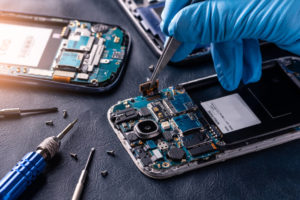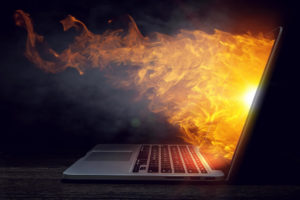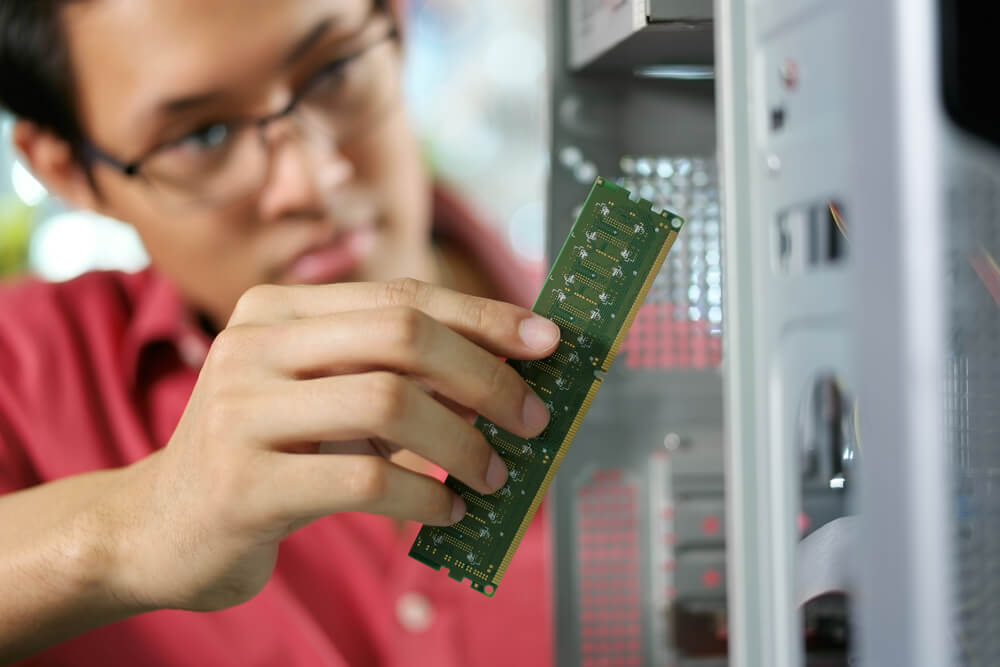Everything you need to know about computer RAM
There are many types of memory available for any computing device. RAM is perhaps the most well-known. RAM, short for random access memory is a type of temporary storage that computers use for various purposes.
If you are looking to modify one of our desktop computers or laptops for sale, RAM is one of many areas that PC Laptops will cover with you. What is RAM? What are its primary functions? And what other information do you need in this area of RAM? Here is a quick primer.
RAM Basics
RAM, which stands for random access memory is a type storage that appears in all your devices, including your smartphone and the computer you are using to read this article. RAM’s main function is to temporarily store information such as programs and files that you need for specific tasks on your computer or laptop.
RAM is usually separate from the place where your computer stores “permanent” information, such as installed programs and files. RAM is the component that goes out of power when your computer is turned off. This means that your computer may take a while to start up again after it loads all your files and applications into RAM.
Your computer’s RAM will determine how many tasks it can open at once. If you run resource-intensive programs, or are gaming, more RAM is required to ensure that everything runs smoothly. Check your Control Panel or system properties to see how much RAM you have.
An example of how RAM works
Imagine that you have just turned on your computer and want to play a video game while it is still starting up. Your computer is currently loading. This means that it can only load your storage device, in this case your hard drive. That leaves no memory available at the moment.
After Windows has finished loading and asked you to log in it will reach equilibrium. Windows needs a certain amount RAM in order to function properly. Windows releases some memory to your game. You can find out more about memory addressing here. Everything will run fine as long as you don’t open another program while the game runs.
If you Alt+Tab in the game to open a new program or to exit the game, your computer will need reload the game from the storage device to RAM. This may take some time and, depending on what game you are playing, your computer might crash if it cannot get into RAM in the right amount of time.
This is just one example of how additional memory can be taken from your computer after it boots up. This is why RAM is necessary for resource-intensive programs so that they don’t take over all of the resources.
RAM for Desktop or Laptop
The RAM configurations of laptops and desktops will be very different due to their different sizes and space characteristics. A laptop’s RAM will contain a physical object that is approximately the same size and shape as a small coin. It will also fit in specific slots or connectors on your motherboard.
You can only buy compatible RAM for your laptop. It is much easier to upgrade your RAM on a desktop. You should only look for compatible modules that fit in your existing memory banks. The size of desktop RAM will generally be twice that of laptop RAM, although this can vary slightly.
Volatile vs. non-volatile memory
It’s important to distinguish between RAM and computer memory when discussing RAM.
Volatile memory is memory that has its contents lost when power goes out — RAM is one example of volatile memory.
Non-volatile memory is memory that does not lose its contents when power goes out. An example of this is a hard drive.
In certain cases, NVRAM will be used to abbreviate non-volatile memory. These should not be confused, however, with traditional RAM which is always volatile. Anything stored in RAM will be deleted when your computer turns off. If you want to save your progress while playing a game, you must press Alt+Tab to save it to your storage device. Otherwise, all your work will be lost.
Speed and Latency Connection to RAM
Latency refers to the time taken by a computer to process instructions. A computer with sufficient RAM is one of the best ways to reduce latency. This will allow your computer to read and write information more quickly.
Throughput is the speed at which data can read or written by your central processing unit (CPU). Throughput can be increased by increasing the available memory, without overloading the CPU.
The simplest way to reduce latency is to use more memory and decrease the distance between RAM and CPU. This can be done by increasing the memory banks on your motherboard that are available for installing additional RAM modules.



